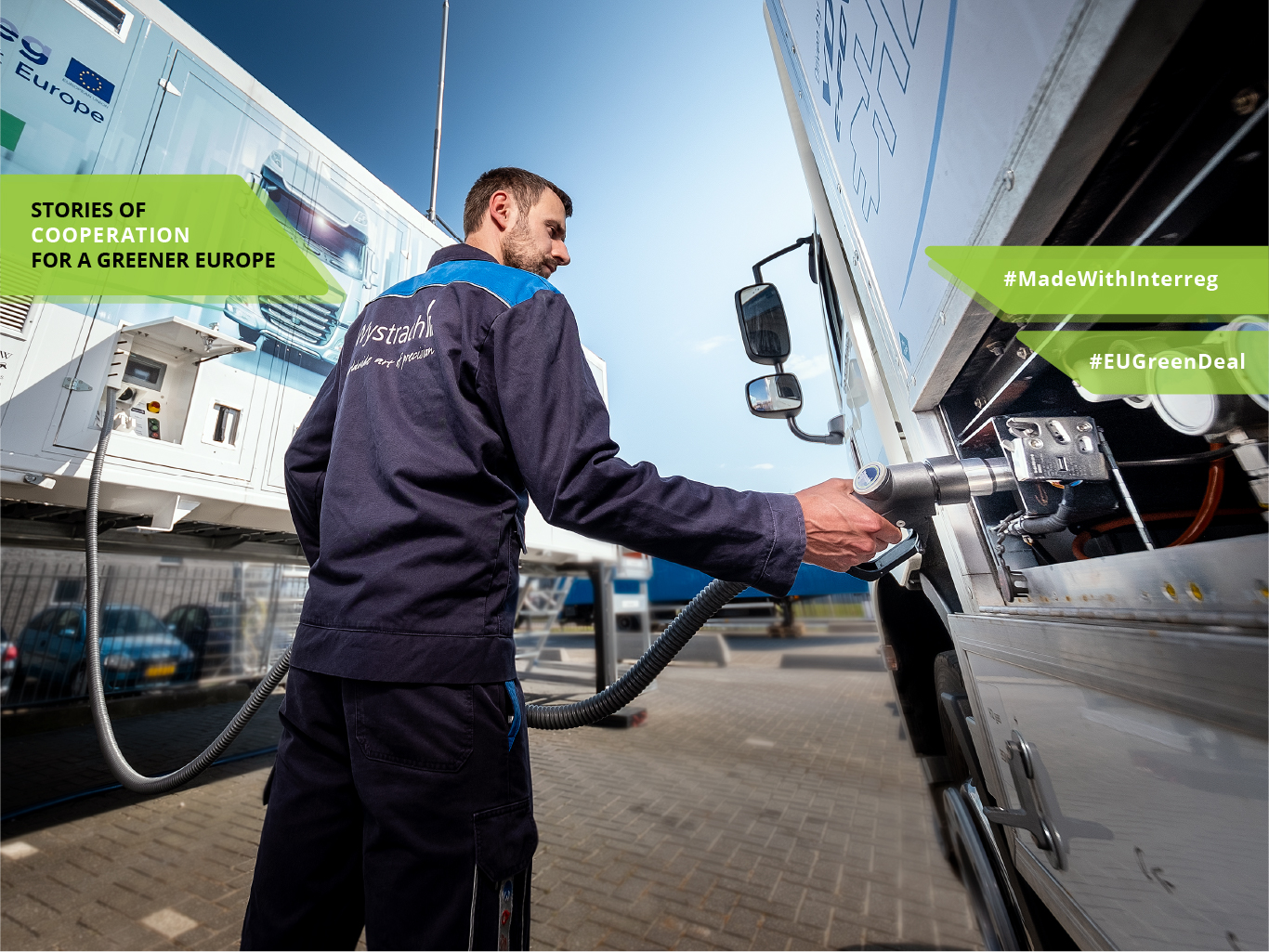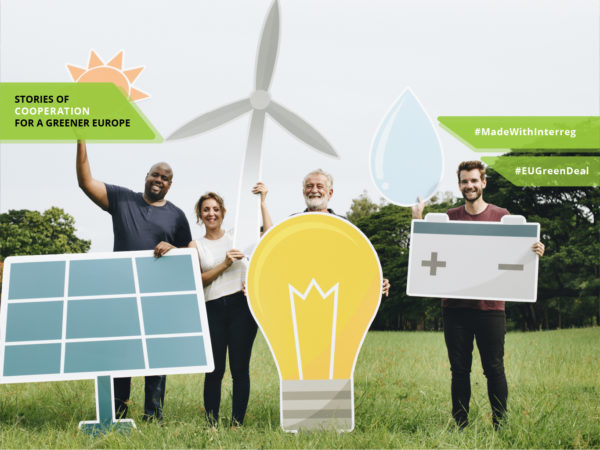Pumping up a greener transport in Europe with Hydrogen
The European Green Deal aims at reducing 90% of greenhouse gas emissions by 2050. One of its main objectives is to increase the use of clean vehicles and alternative fuels, such as hydrogen. With the Interreg support, this green fuel will be a key enabler for decarbonisation in Europe as it provides valuable solutions for several independent appliances.
In the past decade, Europe has taken many steps ahead on its pathway towards a greener energy use, leading to some significant results: EU greenhouse emissions were reduced by 24% between 1990 and 2019, and 19% of EU’s energy consumption was powered by renewables in 2019.
The transport is pointing in the same direction. Europe is way more mobile than it used to be, but this came at the cost of an increasing carbon footprint from transport activities. The sector represents a quarter of the EU’s greenhouse gas emissions, which is heavily influenced by the growth in demand.
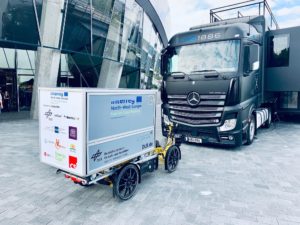
The European Green Deal aims at reducing 90% of these emissions by 2050. One of its main objectives is to increase the use of clean vehicles and alternative fuels, such as hydrogen. This green fuel will be a key enabler for the decarbonisation in Europe as it provides valuable solutions for several independent appliances, from regular cars to large trucks. With more examples of hydrogen technologies hitting the streets in Europe and beyond, the EU citizens will soon be able to take a ride on these vehicles.
Aberdeen City Council is currently exploring options for the use of hydrogen technologies in a number of applications.
“There is great potential for the role of hydrogen within energy transition. Aberdeen City Council is currently exploring options for the use of hydrogen technologies in a number of applications”, says Laura Paterson from Aberdeen City Council (UK).
Hydrogen can be used as an alternative fuel for local transportation in remote regions as well. Some of them are highly dependent on the tourism industry and using green hydrogen for mobility could make those regions green destinations.
“For Cabildo de Tenerife (Spain), sustainable mobility is a non-negotiable objective in line with our commitment to make society more respectful of the environment”, says Enrique Arriaga, First Vice-President and Councillor at the Innovation Area from Cabildo de Tenerife, the governing body of the island of Tenerife.
Unlocking the potential of hydrogen through cooperation
The Scottish city of Aberdeen is currently involved in several European initiatives aimed at unlocking the potential of hydrogen solutions. One of the projects is named “Hydrogen Waste Collection Vehicles in North-West Europe” or simply HECTOR. With seven pilot sites in Scotland, The Netherlands, Germany, France and Belgium, the initiative tackles the mobility aspect of the energy challenge and demonstrates that hydrogen waste trucks can operate across a range of conditions and that their benefits outweigh conventional diesel vehicles. For instance, lifecycle and maintenance costs are considerably lower than for existing trucks. The trucks will use existing hydrogen refueling infrastructure and when possible, the pilot sites will use green hydrogen to fuel the trucks, thus maximising the emission reductions.
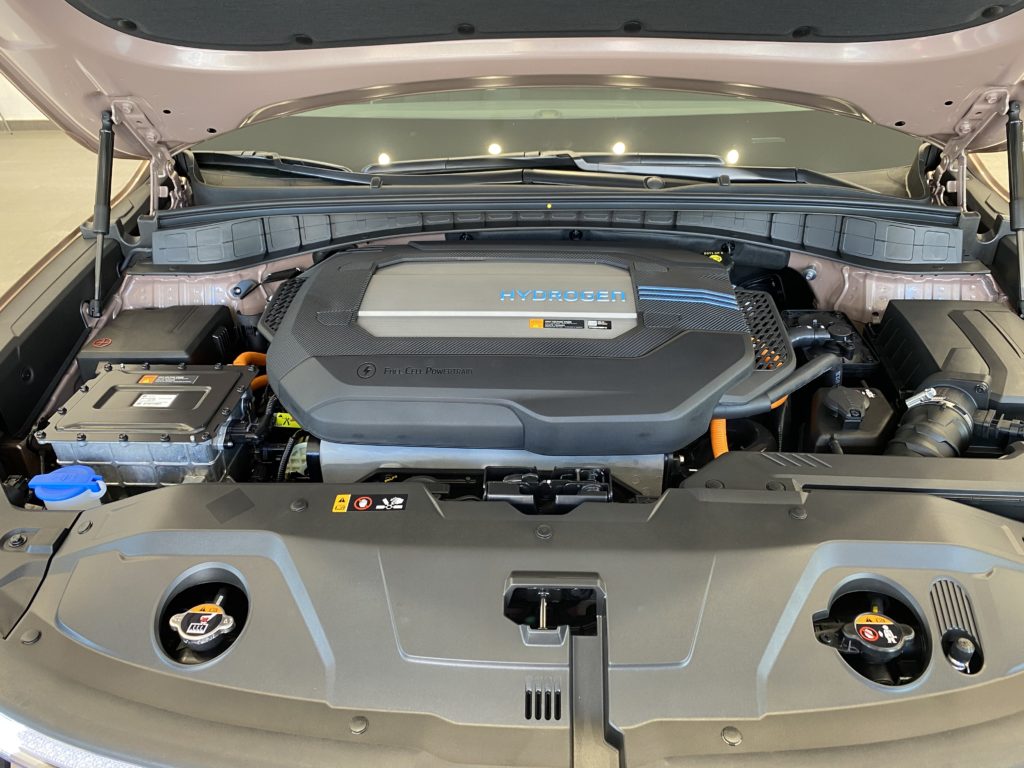
Island regions can serve as excellent starting points to make use of the abundant natural resources, such as sun, wind and marine, to produce their own zero-emission fuel and become sustainable and self-sufficient.
SEAFUEL is another European project that supports the production of green hydrogen using renewable energy, namely solar, wind and marine, as an alternative fuel in remote Atlantic regions. The goal is to power the local transport fleet and hence support the shift towards a low-carbon economy. Supported by Interreg Atlantic Area Programme since 2017, the project is led by the National University of Ireland, Galway and gathers nine partners from Portugal, Spain, Ireland and the United Kingdom.
A project like SEAFUEL stands in a prominent place in our agenda and in our vision of Tenerife’s future, from which the population as a whole will benefit.
The SEAFUEL project plans to install the first hydrogen fueling station on the island of Tenerife, a pilot plant capable of producing green hydrogen from seawater and renewable energies.
“A project like SEAFUEL stands in a prominent place in our agenda and in our vision of Tenerife’s future, from which the population as a whole will benefit”, says Enrique Arriaga.
Cleaner vehicles on the ground
In December 2020, the HECTOR project launched its hydrogen-powered garbage truck in Duisburg (Germany). The new vehicle is estimated to achieve a range of up to 285 km, storing a maximum of 16.4 kg of hydrogen and needs refueling every two days. This happened a year after HECTOR signed a letter of cooperation with two other European projects that are developing and deploying trucks powered by hydrogen. The projects have been cooperating to raise awareness about fuel cell vehicles in waste collection through the co-organisation of events and the dissemination of projects materials and outputs.
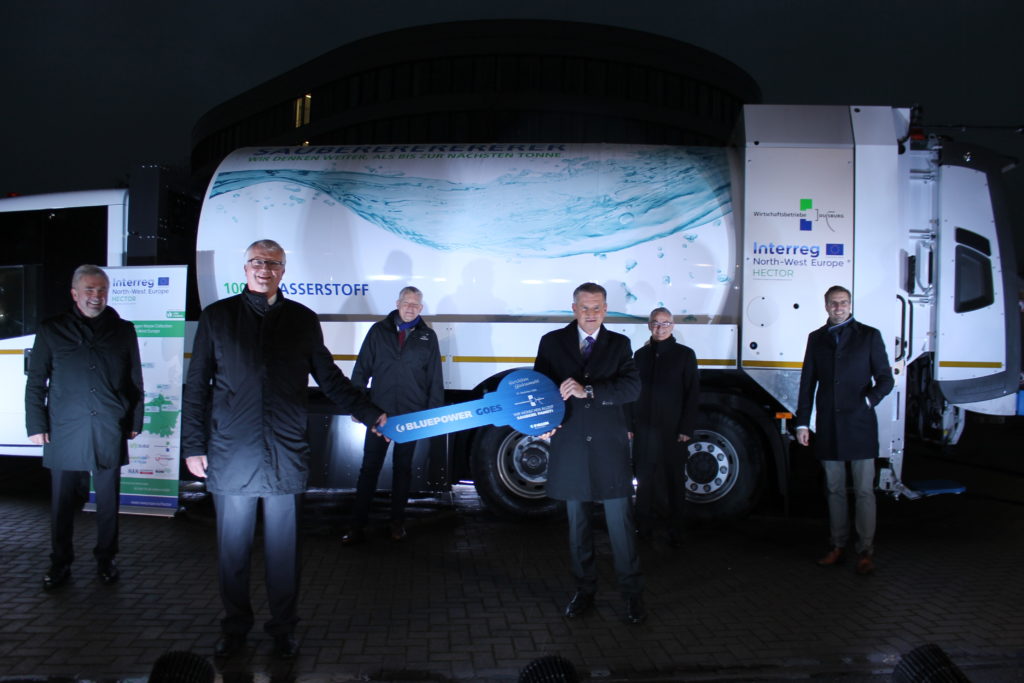
In June 2021, the first fuel cell vehicle of the SEAFUEL fleet was taken to use in Tenerife. It will demonstrate, together with 7 other vehicles the technological, social and economic viability of using green hydrogen in transport.
The vehicle will become part of the SEAFUEL fleet that will be supplied in the pilot plant of the Institute of Technology and of Renewable Energies in Tenerife.
This project gives us the possibility to bring our hydrogen fuel cell vehicle to the islands and demonstrate that it is possible to travel with zero-emissions and with 100% renewable energy, without sacrificing on power, design and freedom of movement.

“This project gives us the possibility to bring our hydrogen fuel cell vehicle to the islands and demonstrate that it is possible to travel with zero-emissions and with 100% renewable energy, without sacrificing on power, design and freedom of movement. This is possible due to the fast refueling time and the high autonomy of 666 km”, says Irene Gálvez, Director of Hyundai Canarias.
SEAFUEL is a stepping-stone in the implementation of green hydrogen production linked to mobility in islands. The next step would be to scale-up both the green hydrogen production and the amount of fuel cell vehicles on the roads in Tenerife, and ensure the transfer of this pilot to other Atlantic regions. Fuel cells can play a significant role in the decarbonisation of the transport sector by the implementation of hydrogen, following the recently published European Hydrogen Strategy.
Recharging and refueling for greener regions
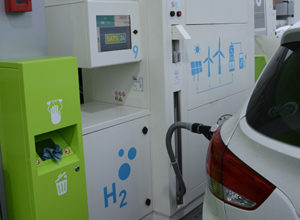
Nearly 1 million public recharging and refueling stations will be required by 2025 for the 13 million low-emission vehicles expected in Europe. The EU supports the deployment of recharging and refueling points in areas with low access levels. European Territorial Cooperation (Interreg) programmes recognise the value of hydrogen and are strongly engaged in supporting projects that can contribute to releasing a new generation of technologies powered by sustainable hydrogen.
“SEAFUEL’s conception and implementation is challenging, working with new technologies in islands communities. These challenges could not be overcome without the support from the Interreg programme and the successful cooperation of different actors across the Atlantic Area”, says Dr. Pau Farras leader of the project.
“One of the key benefits of cooperation with other regions is learning from others and particularly seeing what is happening on the ground in other regions. This is an invaluable exchange of information which is facilitated by EU programmes “, concludes Amy Perry from Aberdeen City Council.
The authors
Carla Guimarães works as a Communication Manager at the Interreg Atlantic Area Programme.
Vinicius Valente works as a Communication Manager at the Interreg North-West Europe Programme.
This article is part of a series on how transnational cooperation contributes to the EU Green Deal. Click here to see all stories.
